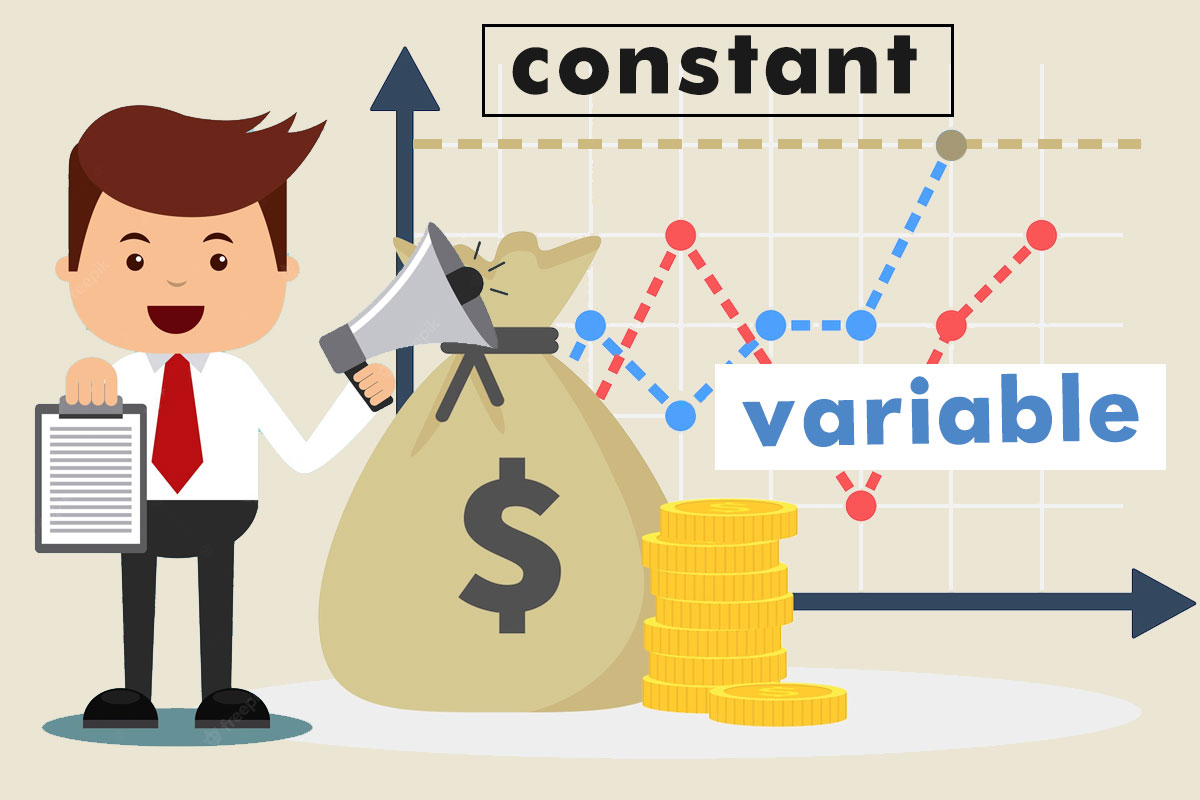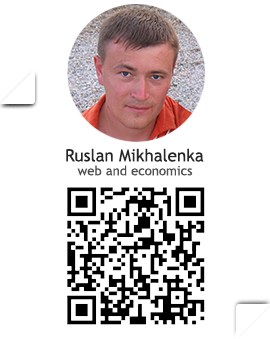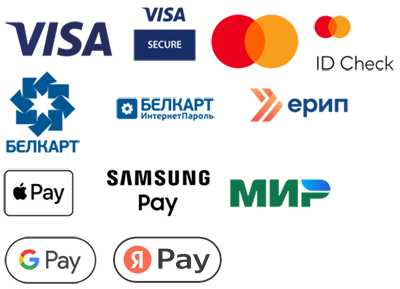To understand how variable costs differ from fixed costs, and what is the essence of these costs, you should never consider them separately, because the process cost calculation always assumes the presence of both.
It is difficult to imagine any business activity in which there are variable costs without fixed costs, and for turnover.
The question immediately is why divide them!? You can just take into account / count, the total amount of costs will not change from the same.
Yes, you can. For accounting, this division is not important at all - into variables and constants.
For example, materials can be debited from the 10th account - what is on the 20th account (the main production of products, which, within its part, has variable costs), what is on the 26th account (general economic expenses, which have fixed costs).
From such manipulations (or one way or another), the total costs of output for the period will not change, as well as the tax base at calculating the cost of sales.
This is necessary to a greater extent for management accounting, namely to determine the value of margin profit (economic attractiveness of the product) and its break-even points. But this is a slightly different story.
Let's give a simple example for understanding.
Let's imagine not even a production activity, but a small business (such a simpler economic process to understand) engaged in ordinary resale and earning on the price difference between the purchase and sale of goods.
There is an entrepreneur Petya, who opened an IP and sells children's toys purchased from China.
In order to maintain his business, Petya needs to conclude a lease agreement (a retail outlet where he will sell his goods), equip it (racks, storefronts, cash register, etc.).
That is, at least his activity, without investing in products that he He plans to sell, and every month he will require investments related to the lease and depreciation of his fixed assets (the same racks and storefronts).
So, for example, the rent per month will amount to 50 thousand RUB, and the write-off of the cost of fixed assets (racks, showcases with a cash register) will amount to 10 thousand. RUB (this is called depreciation, who does not know, which is usually written off as expenses in installments, as fixed assets wear out).
So - Petya, he will spend 60 thousand rubles every month so that his business can just work.
This is fixed costs. They do not depend on the volume of toys sold.
But that's not why Petya opened his sole proprietorship to bear only these fixed costs!
Naturally, he needs to receive some income from this activity. And he will receive it from the products that he buys in China.
The more he buys, the more he will resell and earn.That is, if he buys 1 toy, he will pay 100 RUB. Will buy 2nd toys – will pay 200 RUB, …, will buy 1000 pcs. – will pay 100 thousandRUB. All these expenses, there are expenses too.
These costs are not permanent, they depend directly on the volume. There is already a direct proportional dependence of expenses on the physical volume of the purchase. It is precisely these costs, linked to the volume of purchase, that are called variables.

So Petya bought and sold 1000 pieces of toys in a month.
What about our entrepreneur's total costs?
As mentioned earlier, fixed costs for the month amounted to 60 thousand.RUB, and the variables are 100 thousand RUB (1000 pcs. x 100 RUB).

At the same time, he sold each toy at a price of 180 RUB.
As a result, the economic result of the activity of IP Petit for the month turned out to be as follows:
Margin profit for the period = 1000 x (180 – 100) = 80 thousandRUB
Profit from sales for the period = 20 thousand RUB (80 thousand 60 thousand)
Break-even point = 750 pcs. (60 thousand RUB/(180 - 100))
And here already Petya begins to think about the scale effect of his activities and how it can affect its overall economy.
We touched a little on the topics of product marginality and its break-even.
But it is precisely the need to calculate these economically important indicators for management that requires, when calculating the cost, dividing costs into variables and constants.
The situation is similar with the division of costs in the manufacturing sector - which depend on the volume of products produced (variable) and which do not (constant).
When there is a dilemma in accounting, to which group of costs to attribute (variable or constant) a particular cost element, then first of all he must answer the question whether he has a sign of proportional attachment to the volume of output.
Variable and fixed costs are the essence and difference: why are they divided Somehow!


































